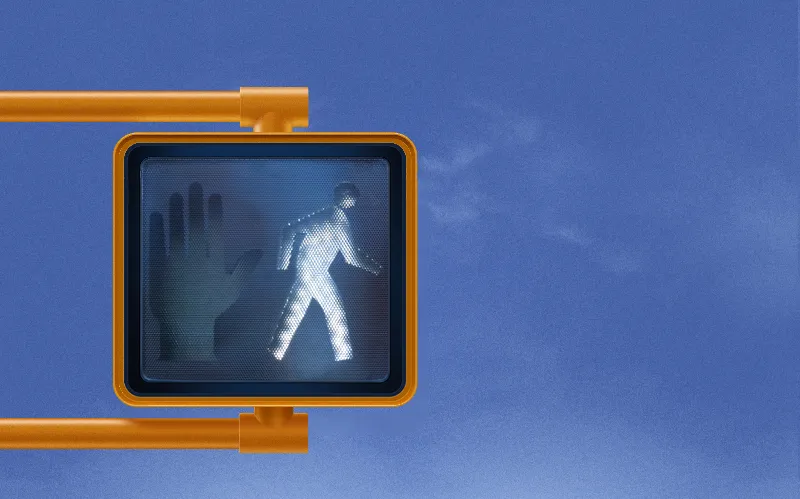As part of its continuing efforts to raises safety standards in the logistics industry, the UK’s Freight Transport Association (FTA) launched what it says is the world’s first satellite navigation system incorporating an HGV Cyclist Alert system. Currently only available in London, the Pro Nav 420’s HGV Cyclist Alert warns the truck driver when approaching a section of road that has been designated by Transport for London (TfL) as a “HGV/Cyclist convergence area”, such as junctions where large numbers of HG
May 28, 2013
Read time: 2 mins
As part of its continuing efforts to raises safety standards in the logistics industry, the UK’s 6983 Freight Transport Association (FTA) launched what it says is the world’s first satellite navigation system incorporating an HGV Cyclist Alert system.
Currently only available in London, the Pro Nav 420’s HGV Cyclist Alert warns the truck driver when approaching a section of road that has been designated by1466 Transport for London (TfL) as a “HGV/Cyclist convergence area”, such as junctions where large numbers of HGVs and cyclists are present on the roads. Pro Nav 420 notifies drivers with both a visual map overlay displaying a fifty-metre radius hotspot zone, and an audible alert when entering this zone to remind them to take extra care.
FTA’s head of Urban Logistics Policy Christopher Snelling commented “The majority of incidents between cyclists and lorries happen at junctions, so something that draws the drivers’ attention to the issue at the most significant locations is potentially highly useful. We urge our members to consider fitting these new sat navs when they upgrade their systems.
Mr Snelling added: “Many of these kind technological fixes are being added to vehicles all the time as operators continue to work to improve the industry’s safety record. But they will only ever be part of the solution to making our roads a safer place for all users. For the road haulage industry, driver vigilance at all times will always remain the most important factor. Cyclists also have an important role to play in improving road safety.”
If successful in London, the FTA hopes to roll the system out across the UK and beyond.
Currently only available in London, the Pro Nav 420’s HGV Cyclist Alert warns the truck driver when approaching a section of road that has been designated by
FTA’s head of Urban Logistics Policy Christopher Snelling commented “The majority of incidents between cyclists and lorries happen at junctions, so something that draws the drivers’ attention to the issue at the most significant locations is potentially highly useful. We urge our members to consider fitting these new sat navs when they upgrade their systems.
Mr Snelling added: “Many of these kind technological fixes are being added to vehicles all the time as operators continue to work to improve the industry’s safety record. But they will only ever be part of the solution to making our roads a safer place for all users. For the road haulage industry, driver vigilance at all times will always remain the most important factor. Cyclists also have an important role to play in improving road safety.”
If successful in London, the FTA hopes to roll the system out across the UK and beyond.









